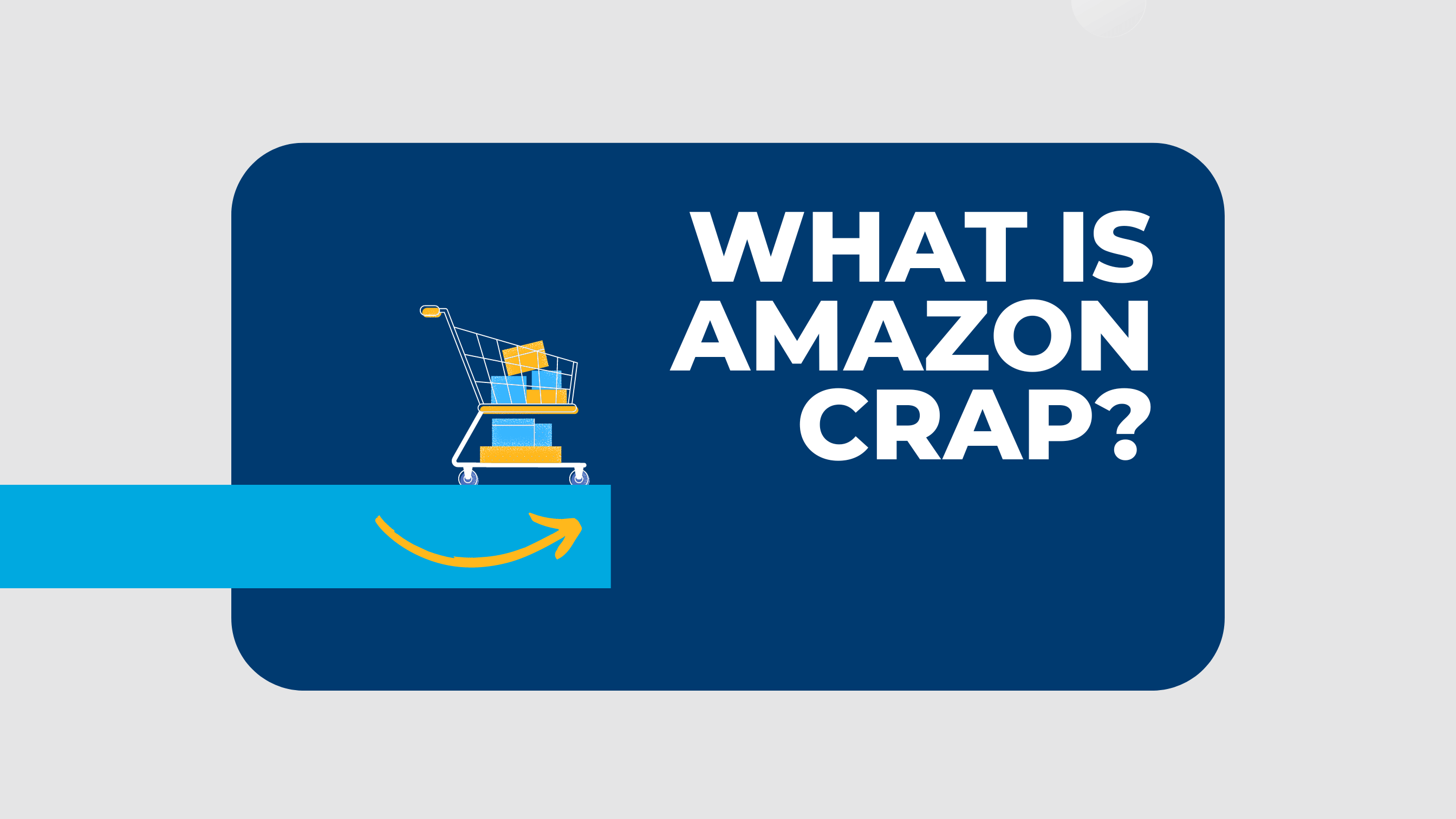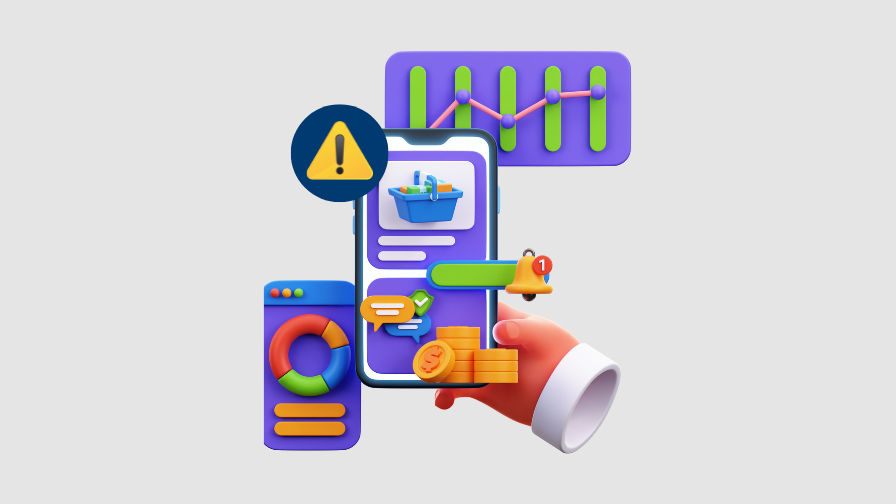

If your Amazon Vendor Manager or Category Manager has ever told you that one of your products has been “CRaP’ed,” read on. CRaP is the acronym for "Can’t Realize any Profit"; a term that refers to products that, for various reasons, are unprofitable for Amazon.
If you’re an Amazon seller and want to know all there is to know about Amazon CRaP, how to avoid it, and the strategies to solve it, including one of the most advanced: Minderest’s Amazon price monitoring software, read on.
What causes an Amazon Vendor Manager to qualify a product as CRaP?
Unlike other marketplaces, Amazon does not consider the financial health of the seller’s account when determining whether or not a product is profitable. If a product is not profitable on its own, it will be classified as CRaP. There are various reasons for this classification:
Price matching
Amazon automatically adjusts its prices to compete with the lowest prices offered on its platform or in other markets. This may be due to promotions, volume discounts, pricing errors or third-party clearance sales. All these scenarios can reduce the price of the BuyBox and potentially lead to a product being classified as CRaP if it does not make enough profit.
Uncompetitive terms or cost prices
Amazon expects products uploaded to its platform to be financially viable from day one. If your terms of sale or costs make Amazon Retail margins unprofitable, your listing will be CRaP’ed.
Small pack sizes or products with a low unit cost
Small or individually sold products, such as a chocolate bar for less than €1, can generate disproportionate shipping costs for Amazon, especially if users purchase with Amazon’s Prime program.
Offering the option of free shipping on low-cost products is usually not cost-effective, which can lead the platform to mark these products as CRaP.
Bulky or heavy items
Bulky or heavy products significantly increase shipping costs, making it harder for Amazon and suppliers to make a profit. One possible solution is the VOC (Vendors Own Carrier) program, a version of Prime managed by the seller, which allows manufacturers to send products directly to the end customer.
Products with a short expiry date
In categories such as food, there is no point in uploading a product that expires in less than a month to the platform unless you are guaranteed fast rotation. Doing so can cause it to be CRaP’ed.
High rate of returns
Products with a high percentage of returns or where the cost of returns exceeds that agreed with the supplier are very likely to be CRaP’ed.
Excess stock
When a product’s inventory is listed as excess stock, Amazon reduces its price to decrease the amount stored in its distribution centres, which hits margins, causing it to be CRaP’ed.

Consequences of a product being CRaP’ed
The repercussions of having a product listed as CRaP by Amazon can be hard to swallow. It can significantly affect the visibility and profitability of your product on the platform:
- Lower visibility: CRaP’ed products receive less attention from Amazon’s A9 algorithm, reducing visibility.
- Exclusion from the Subscribe and Save program: This leads to fewer recurring orders and, thus, fewer purchases.
- Advertising restrictions: CRaP’ed products cannot be advertised on Amazon Marketing Services and disappear from the Amazon Best Seller Rank, reducing sales exponentially.
- Loss of additional profits: If your product doesn’t reach the service levels (LoS) set for its category, you could lose benefits like free promotions outside Amazon or better SEO rankings.
- Limitation on purchase orders: Although other sellers may sell your product, it will no longer be offered on Amazon Retail.
Avoid any of your products being CRaP’ed by Amazon Vendor at all costs.
Minderest’s Amazon price comparison software can prove hugely beneficial. This tool uses the most advanced technology to access sellers’ catalogues, send alerts whenever competitors change their prices, and adjust prices based on shipping costs.
With this tool, you receive updated information on your competitors’ prices so you can always make the best decisions. Guaranteeing your competitiveness and profitability when faced with all kinds of scenarios has never been easier.
Find out how Minderest can take your business to the next level.
Contact our pricing experts to see the platform in action.
Related Articles

How to price private label or white label brands?
Private Label Brands, also known as White Label, continue to win market share. According to data from the Private Label Manufacturers Association, in the first half of 2024 they reached a 38.6%...
How to sell on Shein: Appropriate pricing strategies
Shein, the Chinese fast-fashion giant, is still growing. In addition to improving its results year after year, its recently launched marketplace is yielding very exciting results, both for the project...